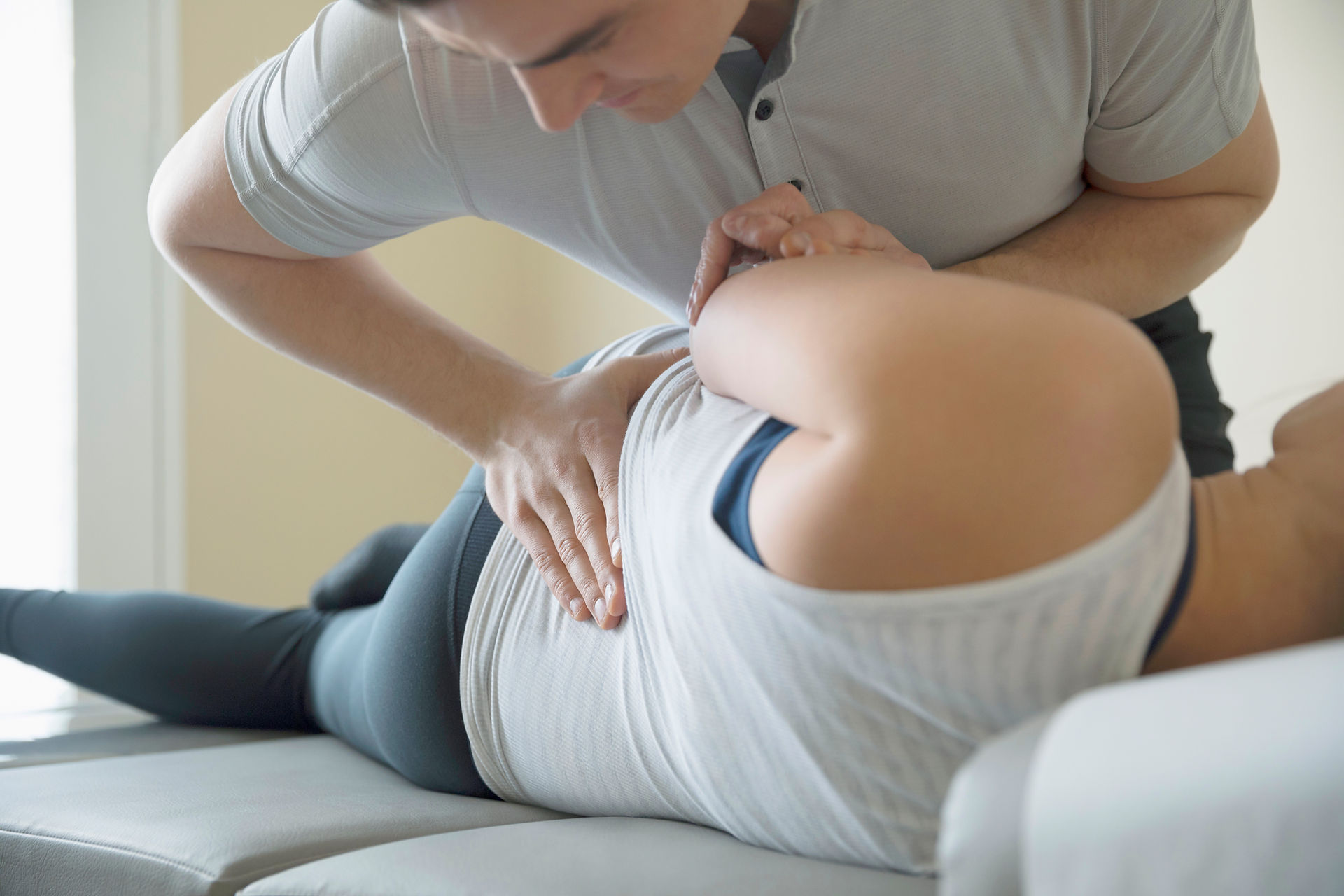
SHOULDER PAIN
There are many causes of shoulder pain. The different structures in your shoulder can trigger off different episodes of pain, and the pain can vary in severity, depending on how bad your injury is.
A general rule of thumb is to try rest, stretches, and medications, and if the pain is very recurrent, or is simply not getting better, you should go see a doctor to get it checked.
WHAT'S IN MY SHOULDER?
BONES
Your collarbone joins with your shoulder blade and your arm bone in your shoulder. These three bones (the clavicle, scapula and humerus) make up your 'shoulder girdle' - the musculoskeletal unit that suspends your arm from your body and helps it to move around.
There are a three joints here that can potentially cause problems.
The first is the ACJ (acromioclavicular joint). This is a small disc of cartilage between your collarbone and your shoulder blade. You can develop arthritis in this small joint because of the large forces that go through such a small joint.
The second is your shoulder joint, or 'glenohumeral joint'. This is where your arm bone articualtes with your shoulder blade. You can develop arthritis here as well, along with other cartilage injuries, which we'll explore in our 'home therapy' page.
Finally, your shoulder blade rests on your ribcage and glides along it when you move your shoulder. You can have some pain around your shoulder blade if there is excessive friction under this bone, or if it isn't moving normally along your ribcage.
MUSCLES AND TENDONS
Your shoulder is covered by a large, triangular shaped muscle called the 'deltoid'. This muscle is large and strong, and provides most of the force when you have to lift something overhead.
Beneath this large muscle are 4 small muscles, that comprise your 'rotator cuff'. They help you to move your arm up and around, and rotate your arm inwards and outwards. These muscles are essential for shoulder function, but are easily injured because of how much you use them in your daily life, and because they aren't very large at all.
It's easy to strain any of the small muscles in your rotator cuff, and have some inflammation in the tendons.
BURSA
A 'bursa' is a small water-filled cushion. You have it in many places in your body, like your shoulder and knee. It serves to reduce friction between your tendons and the bones they move across. With overuse, you can have inflammation in this little cushion, and have pain.
WHICH ONE IS
THE CULPRIT?
Any of these structures can cause pain, since a lot of them become inflamed when you overuse your shoulder. Your doctor will be able to check your shoulder for you, but the best way to tell for sure is with an MRI scan. Not everyone will need one, though. It is usually used for people who have been having pain for a long period, even with rest and physiotherapy, or if there has been a bad shoulder injury like a fall or shoulder dislocation, and your doctor suspects something may be torn.
Get yourself checked by your neighbourhood clinic doctor, and he or she can tell you if you need to see a specialist to get it checked further!
START WITH REST
With any mechanical overuse condition, the best treatment is to rest the affected area. The same holds true for your shoulder. If you've strained it from doing too much work with it, some rest will help it to settle down.
Take a week or two off from upper body exercises, and do your best to avoid doing any lifting with that arm at home or at work.
MEDICATIONS ARE
YOUR FRIEND
A lot of people with shoulder pain have some sort of inflammation going on in the joint. Anti-inflammatory painkillers will be very useful in helping to settle the pain down since they help to reduce the inflammation which is causing the pain. Some people may need to avoid anti-inflammatory medications though, if they have medication allergies or kidney problems. Some examples include Diclofenac and Arcoxia.
Anarex is a medication that contains a Panadol - Muscle Relaxant (Orphenadrine Citrate) combination. The muscle relaxant portion of it is very useful in helping to reduce your pain levels, since a lot of the time, there is some sort of muscle strain contributing to the pain. This medication can make you drowsy though, so it may not be such a good idea to take it if you need to do some work in the office.
Medicated gels and patches are helpful, since they deliver small doses of anti-inflammatory medications to the affected area. Examples of these medicated
gels include Ketotop patches and Cogesic cream.
There are some medical conditions like a kidney problem or drug allergy that will prevent you from taking some of these medications. Speak to your doctor before taking any new medications to see if they are appropriate like you.
FALLS ARE BAD
If you've had a bad twisting injury to your shoulder, or have fallen and hit your shoulder against something, it would be best to have your shoulder checked by a doctor sooner rather than later. You may need some urgent x-rays to make sure something isn't broken, or an MRI scan to make sure the rotator cuff tendons and joint cartilage in your shoulder hasn't been torn.
WRAP IT UP!
There are many conditions that can cause shoulder pain. Your pain can stem from any structure in the shoulder, making it difficult to pin-point the exact cause in the initial period. Start by resting your shoulder, and taking some anti-inflammatory medications. Remember to have your doctor check your shoulder to see if you need some further investigations, like an x-ray or an MRI scan!